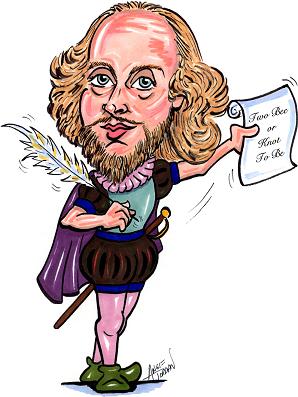There are some doctoral dissertations that clearly articulate the writer's personal agenda. This is true for Ora Cohen, of the settlement of Elkana in the northern West Bank. As a Jewish feminist and former head of the liberal religious organization Ne'emanei Torah Ve'avoda, Cohen says that many questions that trouble Jewish women like herself never receive answers. 'They tell us: This is what halakha [Jewish law] says, like it or not. So I decided to probe deeper and find out what the halakha really does say, and how these things evolved.'
Cohen thus devoted her master's thesis to the history of Jewish modesty laws and her doctoral dissertation to the halakhic separation of the sexes. Recently, she published the latter in book form as 'Mishney evrey hamekhitza' ('From Both Sides of the Partition'). The book tells the story of growing radicalism over the course of history. In the Bible there is no mention of the sexes being separated. Men and women stood at the foot of Mt. Sinai together. Men heard women singing 'Shirat hayam,' the song led by Miriam in Exodus 15. Jacob kissed Rachel upon meeting her.
But even the first halakhic mention of gender separation is very minor in tone. In the Mishna (Tractate Sukkah), it says men and women were separated during the water-drawing ceremony at the Temple - called Simhat Beit Hashoeva - lest modesty be comprised. Is the entire codex of religious rulings on separating men and women based on this annual event?
Cohen: "The ideology of separating the sexes is founded on a comprehensive approach that evolved in the rabbinical community, leading to expressions like 'kol isha erva' ["a women's voice is licentious"] and opposition to women studying Torah. But in practice, separating men and women definitely goes back to Simhat Beit Hashoeva, which is the only explicit mention of such a thing in Jewish sources. ...
Friday, June 15, 2007
The great divide
From Haaretz : By Yair Sheleg
Subscribe to:
Post Comments (Atom)


No comments:
Post a Comment